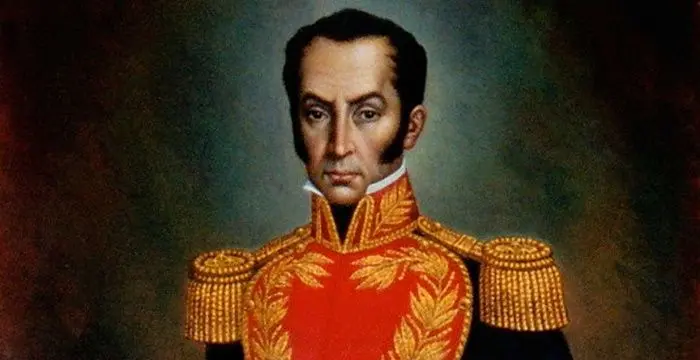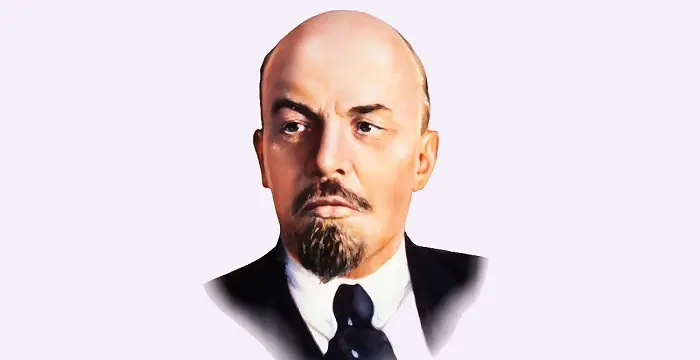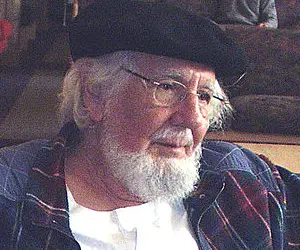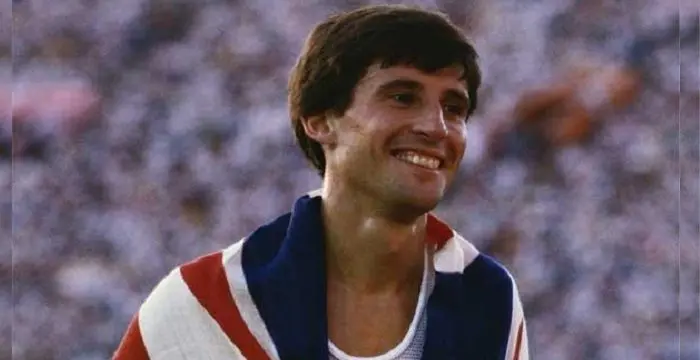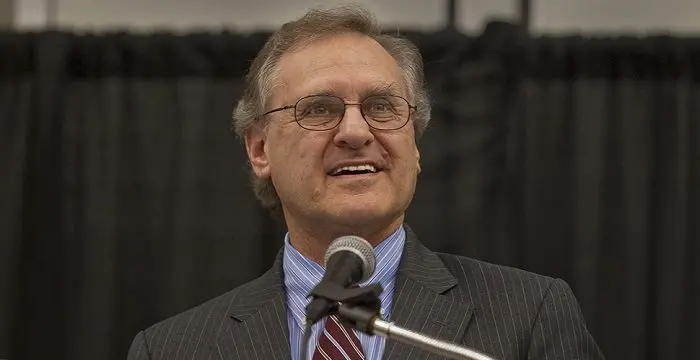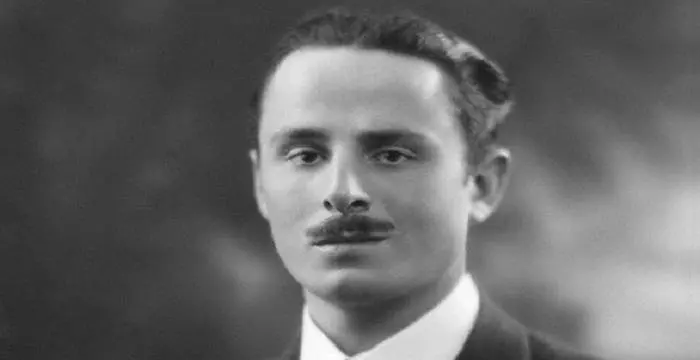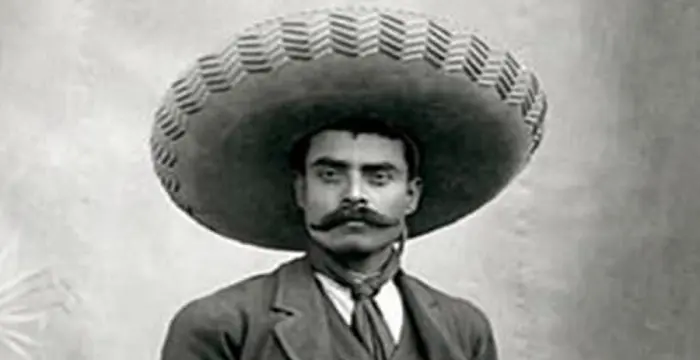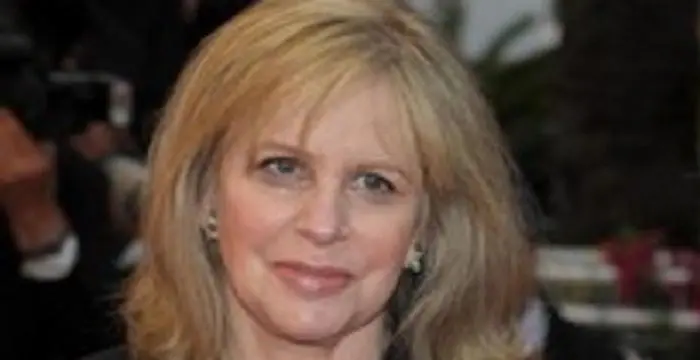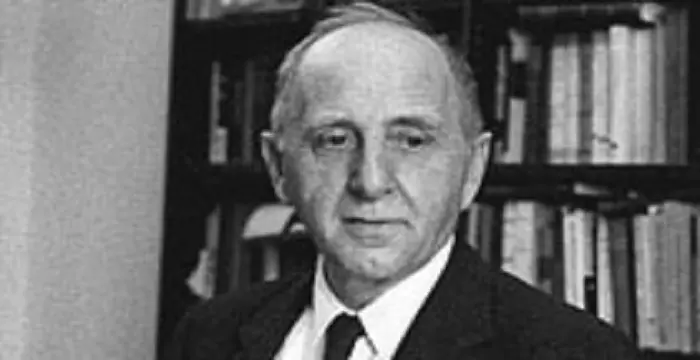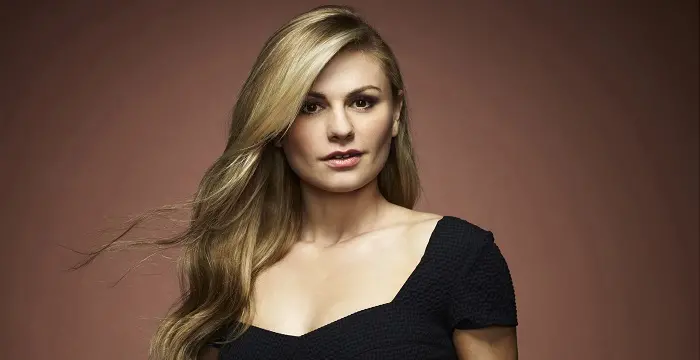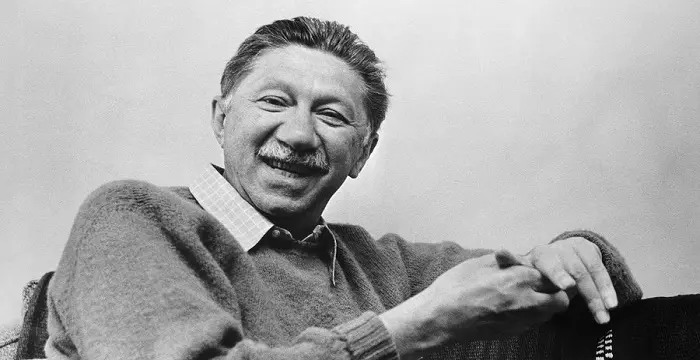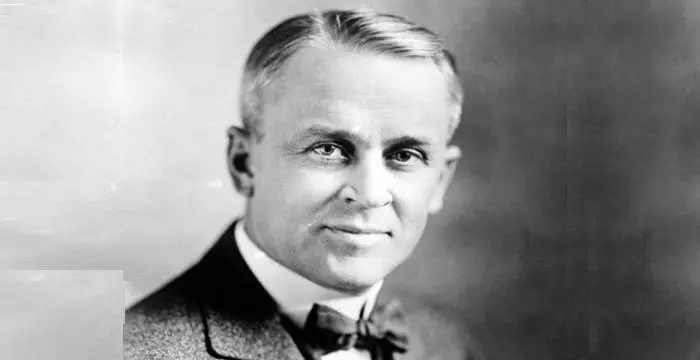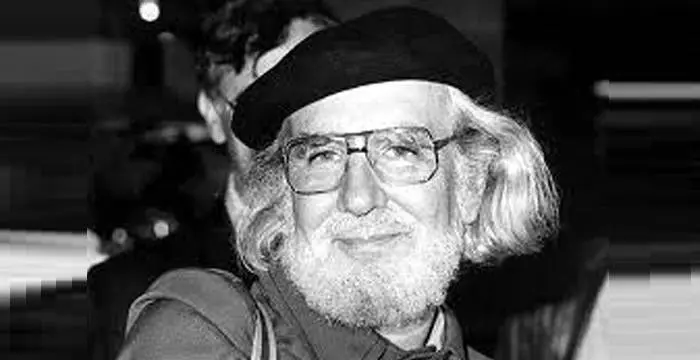
Ernesto Cardenal - Politician, Family and Childhood
Ernesto Cardenal's Personal Details
Ernesto Cardenal is a Nicaraguan Roman Catholic priest who is also a poet, politician, and revolutionary
| Information | Detail |
|---|---|
| Birthday | January 20, 1925 |
| Nationality | Nicaraguan |
| Famous | Columbia University, Leaders, Political Leaders, Revolutionaries, Poets, Priests, Politician, Revolutionary |
| Siblings | Fernando Cardenal |
| Known as | Reverend Father Ernesto Cardenal Martínez |
| Universities |
|
| Notable Alumnis |
|
| Founder / Co-Founder |
|
| Birth Place | Granada |
| Religion | Catholicism |
| Height | 169 |
| Gender | Male |
| Father | Rodolfo Cardenal |
| Mother | Esmerelda Martinez |
| Net Worth | $0.4 million as of Mar 5,2017 |
| Sun Sign | Capricorn |
| Born in | Granada |
| Famous as | Poet, Revolutionary, Politician, Priest |
// Famous Revolutionary
Simon Bolivar
Simón Bolívar was a Venezuelan military leader who was instrumental in independence of several Latin American countries from the Spanish rule. This biography profiles his childhood, life, achievements and timeline.
Georges Danton
Georges Danton was a French revolutionary. This biography provides detailed information about his childhood, family, personal life, achievements, etc.
Vladimir Lenin
Vladimir Lenin was a communist revolutionary who led the famous October revolution in Russia. Find more information on life of Lenin in this brief biography.
Ernesto Cardenal's photo
Who is Ernesto Cardenal?
Ernesto Cardenal is a Roman Catholic priest who is also a poet, politician, and revolutionary. Considered by many to be Nicaragua’s second greatest poet after Ruben Dario, he has devoted his life to the service of the poor and the cause of justice in his native land. Following his conversion to Christianity, Cardenal spent time in an American monastery and then transferred to Mexico where he was eventually ordained. He set up a Christian primitivist art community in the Solentiname Islands in Lake Nicaragua, but left after it was destroyed by forces loyal to the Somoza regime. He joined the opposition Sandinistas in their successful overthrow of Somoza and subsequently served in the new revolutionary government as its Minister of Culture. He grew disillusioned with the Sandinista movement, however, and in particular the authoritarian rule of Daniel Ortega, and eventually left the party. He retains his political views and continues to advocate on behalf of the poor and powerless, linking these views with a radical understanding of the Christian gospel and the movement known as liberation theology. Over the course of six decades, this prolific poet and author has chronicled his nation’s and his people’s history for a worldwide audience.
// Famous Politician
Sebastian Coe
Sebastian Coe is a British former track and field athlete turned politician. This biography of Sebastian Coe provides detailed information about his childhood, life, achievements, works & timeline.
Stephen Lewis
Stephen Lewis is a Canadian politician, broadcaster, diplomat and professor. This biography profiles his childhood, career, works, life, achievements and timeline.
Oswald Mosley
Sir Oswald Ernald Mosley was a British politician known for his pro-fascist beliefs. This biography profiles his childhood, family, personal life, opinions, career, etc.
Childhood & Early Life
Cardenal was born on January 20, 1925 to Esmerelda Martinez and Rodolfo Cardenal, who belonged to an upper-class family in Granada, Nicaragua.
He was educated in Jesuit schools and then studied literature in Mexico. He completed his undergraduate studies at Columbia University in New York, where he received a BA in 1949.
After traveling through Europe for two years, he returned to Nicaragua and participated in the unsuccessful 1954 “April Revolution” against the regime of Anastasio Somoza Garcia.
With the death of many of his associates in the unsuccessful coup, he fled Nicaragua for the United States. As he underwent a religious conversion, he was drawn to the monastic life and entered the Gethsemani Monastery in Kentucky in 1957, where he became friendly with Thomas Merton.
Merton’s example and teaching of non-violence had a lasting impact on Cardenal, even though he left Gethsemani for a monastery and seminary studies in Mexico. He was ordained there in 1965 and subsequently returned to Nicaragua to found his farming/artistic community in the Solentiname Islands.
Career
His work as a parish priest in Solentiname focused on encouraging the poor to become self-sustaining and to celebrate their artistic gifts. The community flourished, but then was destroyed by Somoza forces after community members staged a raid on one of the regime’s outposts in 1977.
With all the farms and homes destroyed, he left Solentiname to join the Sandinistas in their fight against Somoza.
After the successful overthrow of the Somoza regime in 1979, he joined the government of Daniel Ortega as the Minister of Culture. His brother, a Jesuit priest, was named the Minister of Education.
In 1983, Pope John Paul II openly criticized Cardenal for continuing to serve in a government position against the wishes of his superiors, and for supporting liberation theology. Cardenal refused to bend and had his ability to administer the Catholic sacraments taken away.
He grew frustrated with what he called the “robo-lucion” of the Sandinistas, playing on the word for “robbery” in Spanish. He felt that the original revolutionary ideals had been compromised by Ortega’s government, which he believed had become another dictatorship. He left the party in 1994 but continued to write and work on the causes he championed.
Although currently living in retirement, Cardenal continues to be vocal about political and ecological issues in Nicaragua.
Major Works
‘Epigramas’ (Epigrams) is a collection of early poems in his distinctive epigrammatic style. These include love poems and works denouncing the violence of the Somoza regime in Nicaragua.
La Hora 0 (Zero Hour and other Documentary Poems) is a great example of protest poetry, outlining the long history of domestic tyranny and American imperialism in Central America.
Oración por Marilyn Monroe (Prayer for Marilyn Monroe) links the death of Marilyn Monroe to the larger problem of the dehumanizing effects of capitalism
’The Origin of Species’ is his latest work - a meditation on Darwin’s theory of evolution and its relationship to religious faith.
Awards & Achievements
In 2005, he was nominated for the Nobel Prize in Literature.
In 2009, he was awarded Pablo Neruda Prize for Poetry.
He received Reina Sofia Prize for Latin American Poetry in 2012.
He was bestowed upon ‘French Legion of Honor’, France’s most distinguished award, in 2013.
Personal Life & Legacy
Cardenal’s greatest legacy is undoubtedly as a poet of Nicaragua whose creative use of language and form has given voice to the nation’s people and culture.
He will also be known as a poet who expressed and reflected deeply upon the relationship of the Christian gospel and religious spirituality to the demands of modern-day political and social movements.
Translated into more than 20 languages, his vast body of work has gained a worldwide audience.
His other important legacy is his work on behalf of the poor and his commitment to social justice. The primitivist art community he founded on the Solentiname Islands continues today and has gained world recognition.
Trivia
His first cousin was the famous Nicaraguan poet Pablo Antonio Cuadra.
Just before the Nicaraguan revolution, he went hat shopping with Lawrence Ferlinghetti and purchased six of his trademark black berets from an Army surplus store.
// Famous Revolutionaries
Tecumseh
Tecumseh was a Native American leader of the Shawnee clan. This biography profiles his childhood, life and timeline.
Simon Bolivar
Simón Bolívar was a Venezuelan military leader who was instrumental in independence of several Latin American countries from the Spanish rule. This biography profiles his childhood, life, achievements and timeline.
Emiliano Zapata
Emiliano Zapata was a Mexican revolutionary leader and one of the most important figures of the Mexican Revolution.Check out this biography to know about his childhood, family life, achievements and other facts about his life.
Ernesto Cardenal biography timelines
- // 20th Jan 1925Cardenal was born on January 20, 1925 to Esmerelda Martinez and Rodolfo Cardenal, who belonged to an upper-class family in Granada, Nicaragua.
- // 1949He was educated in Jesuit schools and then studied literature in Mexico. He completed his undergraduate studies at Columbia University in New York, where he received a BA in 1949.
- // 1954After traveling through Europe for two years, he returned to Nicaragua and participated in the unsuccessful 1954 “April Revolution” against the regime of Anastasio Somoza Garcia.
- // 1957With the death of many of his associates in the unsuccessful coup, he fled Nicaragua for the United States. As he underwent a religious conversion, he was drawn to the monastic life and entered the Gethsemani Monastery in Kentucky in 1957, where he became friendly with Thomas Merton.
- // 1965Merton’s example and teaching of non-violence had a lasting impact on Cardenal, even though he left Gethsemani for a monastery and seminary studies in Mexico. He was ordained there in 1965 and subsequently returned to Nicaragua to found his farming/artistic community in the Solentiname Islands.
- // 1977His work as a parish priest in Solentiname focused on encouraging the poor to become self-sustaining and to celebrate their artistic gifts. The community flourished, but then was destroyed by Somoza forces after community members staged a raid on one of the regime’s outposts in 1977.
- // 1979After the successful overthrow of the Somoza regime in 1979, he joined the government of Daniel Ortega as the Minister of Culture. His brother, a Jesuit priest, was named the Minister of Education.
- // 1983In 1983, Pope John Paul II openly criticized Cardenal for continuing to serve in a government position against the wishes of his superiors, and for supporting liberation theology. Cardenal refused to bend and had his ability to administer the Catholic sacraments taken away.
- // 1994He grew frustrated with what he called the “robo-lucion” of the Sandinistas, playing on the word for “robbery” in Spanish. He felt that the original revolutionary ideals had been compromised by Ortega’s government, which he believed had become another dictatorship. He left the party in 1994 but continued to write and work on the causes he championed.
- // 2005In 2005, he was nominated for the Nobel Prize in Literature.
- // 2009In 2009, he was awarded Pablo Neruda Prize for Poetry.
- // 2012He received Reina Sofia Prize for Latin American Poetry in 2012.
- // 2013He was bestowed upon ‘French Legion of Honor’, France’s most distinguished award, in 2013.
// Famous Columbia University
Helen Morris
Helen Morris is a former book editor, TV producer and the wife of Academy Award winning director Martin Scorsese. Check out this biography to know about her birthday, childhood, family life, achievements and fun facts about her.
Simon Kuznets
Simon Kuznets was a noted Russian-American economist, statistician, demographer, and economic historian. Check out this biography to know about his childhood, family life, achievements and other facts related to his life.
Anna Paquin
Anna Paquin is a Kiwi film, theatre and television actress known for her roles in movies like ‘The Piano’, ‘Fly Away Home’, and ‘X-Men. This biography provides detailed information about her childhood, life, achievements, works & timeline.
Abraham Maslow
Abraham Maslow was a humanistic psychologist best known for his theory of self-actualization. This biography of Abraham Maslow provides detailed information about his childhood, life, achievements, works & timeline.
Robert Andrews Millikan
Robert Andrews Millikan was an eminent American experimental physicist who won the Nobel Prize for Physics in 1923 for his work on photoelectric effect. Check out this biography to know about his childhood, life, achievements, works & timeline.
Lauryn Hill
Lauryn Noelle Hill is a famous hip-hop female artist from America who is into singing, songwriting, rapping, production and acting. Check out this biography to get detailed information on her life.
Ernesto Cardenal's FAQ
What is Ernesto Cardenal birthday?
Ernesto Cardenal was born at 1925-01-20
Where is Ernesto Cardenal's birth place?
Ernesto Cardenal was born in Granada
What is Ernesto Cardenal nationalities?
Ernesto Cardenal's nationalities is Nicaraguan
Who is Ernesto Cardenal siblings?
Ernesto Cardenal's siblings is Fernando Cardenal
What was Ernesto Cardenal universities?
Ernesto Cardenal studied at Columbia University, Columbia University
What was Ernesto Cardenal notable alumnis?
Ernesto Cardenal's notable alumnis is Columbia University
Which company or organization was founded by Ernesto Cardenal?
Ernesto Cardenal was the founder/co-founder of Christian primitivist art community
What is Ernesto Cardenal's religion?
Ernesto Cardenal's religion is Catholicism
How tall is Ernesto Cardenal?
Ernesto Cardenal's height is 169
Who is Ernesto Cardenal's father?
Ernesto Cardenal's father is Rodolfo Cardenal
Who is Ernesto Cardenal's mother?
Ernesto Cardenal's mother is Esmerelda Martinez
What is Ernesto Cardenal's sun sign?
Ernesto Cardenal is Capricorn
How famous is Ernesto Cardenal?
Ernesto Cardenal is famouse as Poet, Revolutionary, Politician, Priest
